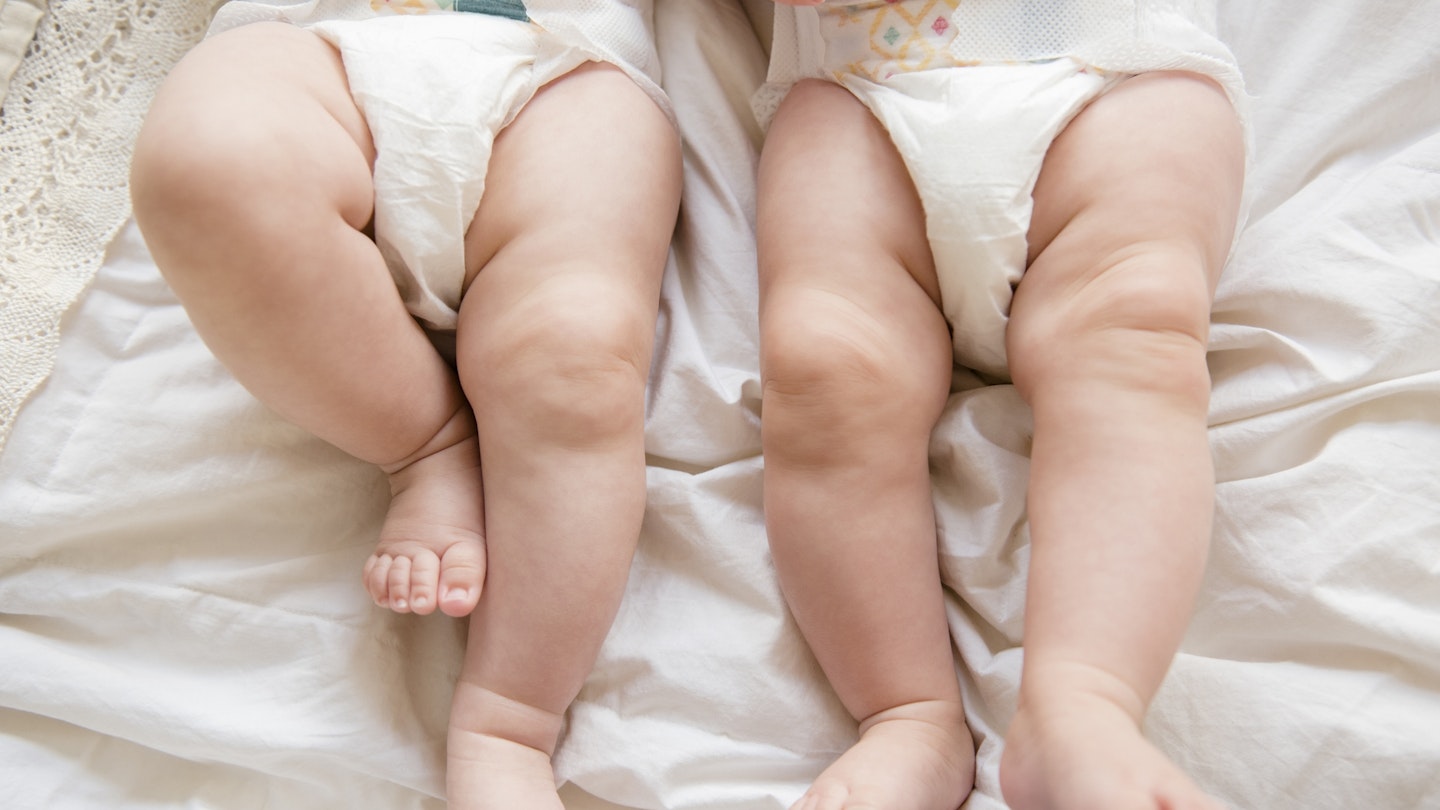It has long been the received wisdom that, when a woman goes through fertility treatment, she will be more likely to have twins. Traditionally, this was because couples would choose to transfer multiple embryos in one go, giving them the best chance of one of the embryos becoming a healthy, full-term pregnancy.
However, Dr Amit Shah, gynaecologist and co-founder of Harley Street practice Fertility Plus, says that women are increasingly choosing to transfer single embryos.
‘We have seen a huge rise in single embryo transfer for the first treatment cycle as well as subsequent treatment cycles,’ he says. ‘The cost of living has a big impact on the drivers behind people’s choices, and so it could certainly be playing a role in shaping such decisions.’
However, while it’s certainly more expensive to have twins, that’s not the only reason behind this change. The fast-evolving fertility landscape being what it is, some couples are surprised to learn that transferring multiple embryos doesn’t actually increase their chance of a successful pregnancy.
‘Patient-doctor discussions have often steered women and couples towards opting for multiple embryos, based on the assumption that pregnancy rates were higher with more embryos,’ says Dr Shah. ‘But often these embryos were transferred on the third day of the development stage, so some did not make it to the fifth day stage. The most common cause for implantation failure for an embryo is that it is genetically abnormal. Modern scientific evidence hence suggests that single embryo transfer at blastocyst stage of embryo development (with or without genetic testing) improves the live birth rate, versus how things were previously done.’
The success rate depends on many factors of course, including age, the quality and number of available embryos, and previous treatment outcomes. Dr Shah is clear that there is no magic strategy that works for all.
‘But my advice always is to be safe and have a single embryo for transfer, as the outcomes are not statistically different compared to two when transferred,’ he says. ‘Even more importantly, the safety of an ongoing pregnancy is much better when a single pregnancy is on board.
‘Twins and higher-order multiple pregnancies increase the maternal and foetal risks by three to six times - think high blood pressure, diabetes in pregnancy, increased medical and surgical interventions such as a C-section, premature delivery of babies, leading to increased risks of cerebral palsy. ‘At the end of the day, if the success rates are not compromised and safety is improved with single embryo transfer, it’s a no-brainer.’
READ MORE: Why Women Like Me Hide IVF Treatment From Their Bosses
